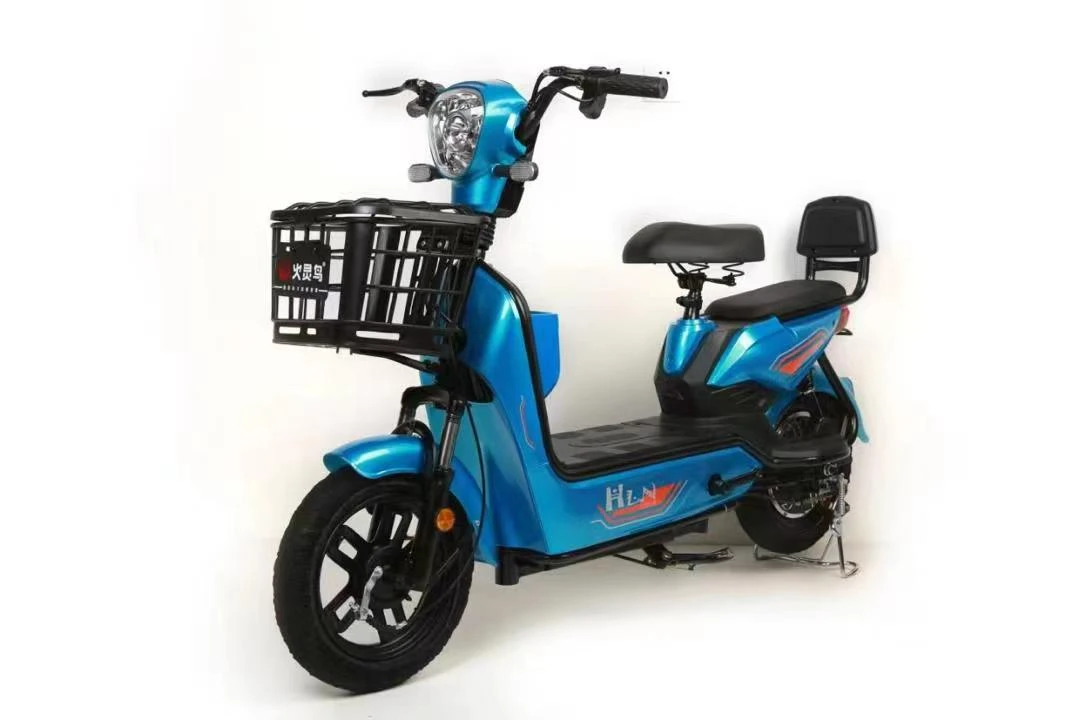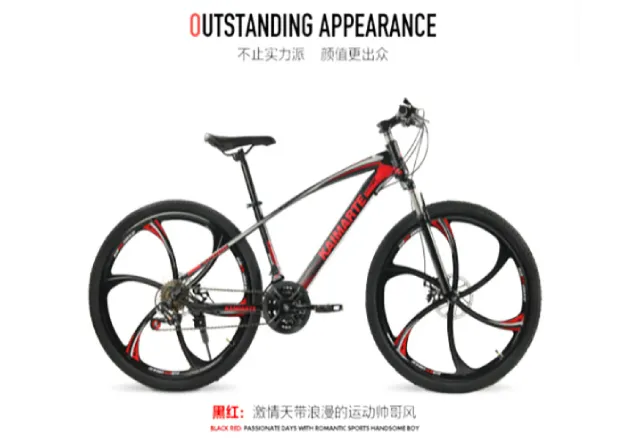
- Afrikaans
- Albanian
- Amharic
- Arabic
- Armenian
- Azerbaijani
- Basque
- Belarusian
- Bengali
- Bosnian
- Bulgarian
- Catalan
- Cebuano
- Corsican
- Croatian
- Czech
- Danish
- Dutch
- English
- Esperanto
- Estonian
- Finnish
- French
- Frisian
- Galician
- Georgian
- German
- Greek
- Gujarati
- Haitian Creole
- hausa
- hawaiian
- Hebrew
- Hindi
- Miao
- Hungarian
- Icelandic
- igbo
- Indonesian
- irish
- Italian
- Japanese
- Javanese
- Kannada
- kazakh
- Khmer
- Rwandese
- Korean
- Kurdish
- Kyrgyz
- Lao
- Latin
- Latvian
- Lithuanian
- Luxembourgish
- Macedonian
- Malgashi
- Malay
- Malayalam
- Maltese
- Maori
- Marathi
- Mongolian
- Myanmar
- Nepali
- Norwegian
- Norwegian
- Occitan
- Pashto
- Persian
- Polish
- Portuguese
- Punjabi
- Romanian
- Russian
- Samoan
- Scottish Gaelic
- Serbian
- Sesotho
- Shona
- Sindhi
- Sinhala
- Slovak
- Slovenian
- Somali
- Spanish
- Sundanese
- Swahili
- Swedish
- Tagalog
- Tajik
- Tamil
- Tatar
- Telugu
- Thai
- Turkish
- Turkmen
- Ukrainian
- Urdu
- Uighur
- Uzbek
- Vietnamese
- Welsh
- Bantu
- Yiddish
- Yoruba
- Zulu
Màrt . 06, 2025 13:22 Back to list
mountain bike downhill bike
Navigating the intricate paths of mountain biking requires more than just endurance and a sturdy frame; the small components, often overlooked, can dramatically alter your biking experience. One such critical component is the mountain bike shifter cable. Although small, this piece plays an integral role in ensuring smooth gear transitions. Understanding its importance and nuances can significantly enhance the riding performance and longevity of your mountain bike.
Installation of these cables is another area that demands precision and expertise. Incorrect installation can lead to frequent gear slippages or increased friction, detracting from the biking experience. Professionals recommend seeking assistance from a certified bike mechanic if you lack the technical know-how. However, for those who choose the DIY route, a comprehensive understanding of your bike’s gearing system and access to the right tools is imperative. Following step-by-step guides from reputable sources or video tutorials can significantly aid in a successful installation. Trust within the cycling community is often built through shared experiences and transparent feedback regarding product performance. A reliable shifter cable brand often garners trust through consistent performance feedback, expert endorsements, and positive reviews among cycling enthusiasts. Brands that invest in innovative technology for their cables, such as friction-reducing coatings or enhanced corrosion resistance, are highly regarded within the community. Therefore, investing in such tried-and-tested brands not only ensures a hassle-free riding experience but also provides peace of mind regarding the durability of your gear. Regular maintenance is crucial in extending the life of your shifter cables. Routine checks for signs of wear, such as fraying or rust, should be part of your maintenance checklist. Additionally, regular lubrication of the cable lines can prevent deterioration and enhance responsiveness. Replacing worn cables proactively, rather than waiting for a failure during a ride, can prevent inconvenient disruptions and maintain the integrity of your bike’s performance. In conclusion, while often overlooked, the mountain bike shifter cable is fundamental to an effective gear-shifting system. Its impact on your biking experience is profound, influencing not just the efficiency and ease of gear transitions, but also the overall longevity of your bike’s transmission system. By investing in high-quality cables, ensuring proper installation, regular maintenance, and staying attuned to the latest advancements, you can substantially enhance your mountain biking adventures. Expertise in these small yet significant components not only fosters trust and authority in product knowledge but ultimately serves to promote a better biking experience for every enthusiast.


Installation of these cables is another area that demands precision and expertise. Incorrect installation can lead to frequent gear slippages or increased friction, detracting from the biking experience. Professionals recommend seeking assistance from a certified bike mechanic if you lack the technical know-how. However, for those who choose the DIY route, a comprehensive understanding of your bike’s gearing system and access to the right tools is imperative. Following step-by-step guides from reputable sources or video tutorials can significantly aid in a successful installation. Trust within the cycling community is often built through shared experiences and transparent feedback regarding product performance. A reliable shifter cable brand often garners trust through consistent performance feedback, expert endorsements, and positive reviews among cycling enthusiasts. Brands that invest in innovative technology for their cables, such as friction-reducing coatings or enhanced corrosion resistance, are highly regarded within the community. Therefore, investing in such tried-and-tested brands not only ensures a hassle-free riding experience but also provides peace of mind regarding the durability of your gear. Regular maintenance is crucial in extending the life of your shifter cables. Routine checks for signs of wear, such as fraying or rust, should be part of your maintenance checklist. Additionally, regular lubrication of the cable lines can prevent deterioration and enhance responsiveness. Replacing worn cables proactively, rather than waiting for a failure during a ride, can prevent inconvenient disruptions and maintain the integrity of your bike’s performance. In conclusion, while often overlooked, the mountain bike shifter cable is fundamental to an effective gear-shifting system. Its impact on your biking experience is profound, influencing not just the efficiency and ease of gear transitions, but also the overall longevity of your bike’s transmission system. By investing in high-quality cables, ensuring proper installation, regular maintenance, and staying attuned to the latest advancements, you can substantially enhance your mountain biking adventures. Expertise in these small yet significant components not only fosters trust and authority in product knowledge but ultimately serves to promote a better biking experience for every enthusiast.
Next:
Latest news
-
Revolutionize Ride with Our Electric Bicycles
NewsMay.13,2025
-
Revolutionize Playtime with Our Kids Electric Cars
NewsMay.13,2025
-
Our Premium Carbon Fiber EBikes
NewsMay.13,2025
-
Discover the World of Kids Honda Four Wheelers
NewsMay.13,2025
-
Destination for Electric Bikes The E Bike Store
NewsMay.13,2025
-
Adventure Awaits Off Road Vehicles for Kids
NewsMay.13,2025
-
Unleash Fun and Safety with the Best 3 Wheel Scooter
NewsApr.29,2025



